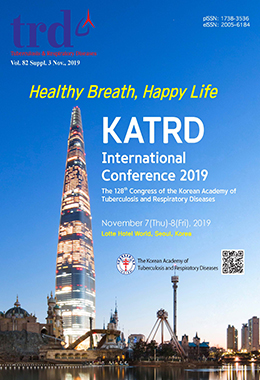Background: Track and trigger system (TTS) are important component of rapid response system for identifying deteriorating patients but the performance of traditional TTS such as Modified Early Warning Score (MEWS) has been unsatisfactory. Deep-learning-based early warning score (DEWS) was recently developed and has shown a potential to predict deteriorating patients. We aimed to validate DEWS in multiple centers and compare the prediction ability with MEWS to identify at risk of in-hospital cardiac arrest (IHCA). Methods: This was a retrospective cohort study of adult patients who admitted to general ward in five hospitals during 12-months study period. We validated DEWS internally from two hospitals and externally from the remaining three hospitals. DEWS was computed from five vital signs (systolic blood pressure, diastolic blood pressure, heart rate, respiratory rate, and body temperature) and MEWS was also calculated at the same times as DEWS. IHCA within 24hours of vital sign observation was the outcome of interest. We used the area under the receiver-operating characteristics curve (AUROC), sensitivity, and specificity as comparative measures. Results: The study population consisted of 173,656 patients, of which 139 IHCA cases. We used 3 point as threshold for MEWS and compared the performance of DEWS with the same specificity. The DEWS (AUROC: 0.86, sensitivity: 0.50, specificity: 0.95) outperformed the MEWS (AUROC: 0.75, sensitivity: 0.44, specificity: 0.95) in the internal validation cohort (N = 14,365, IHCA = 23) in predicting IHCA within 24hours. Similarly, DEWS (AUROC: 0.84, sensitivity: 0.55, specificity: 0.92) showed improved performance compared to MEWS (AUROC: 0.77, sensitivity: 0.44, specificity: 0.92) in the external validation cohort (N= 159,018, IHCA = 116). Conclusions: We demonstrated that the performance of DEWS for predicting IHCA within 24 hours of vital sign observation was superior to MEWS in this multicenter validation.




